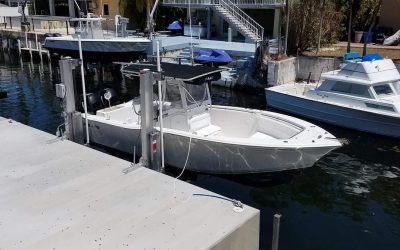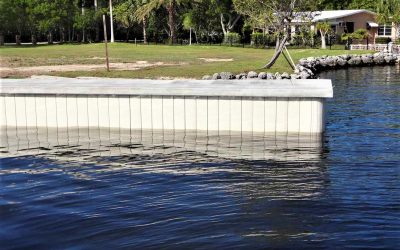Understanding the Fort Lauderdale Seawall Ordinance: What You Need to Know
If you own a property in Fort Lauderdale that borders the water, it’s essential to understand the requirements of the seawall ordinance to ensure compliance and protect your property.
Get A Free Estimate
What is the Fort Lauderdale Seawall Ordinance?
The Fort Lauderdale seawall ordinance is a set of regulations that govern the construction, repair, and maintenance of seawalls, bulkheads, revetments, and other shoreline stabilization measures. The ordinance applies to all properties within the City of Fort Lauderdale that have a seawall or other shoreline stabilization measure.
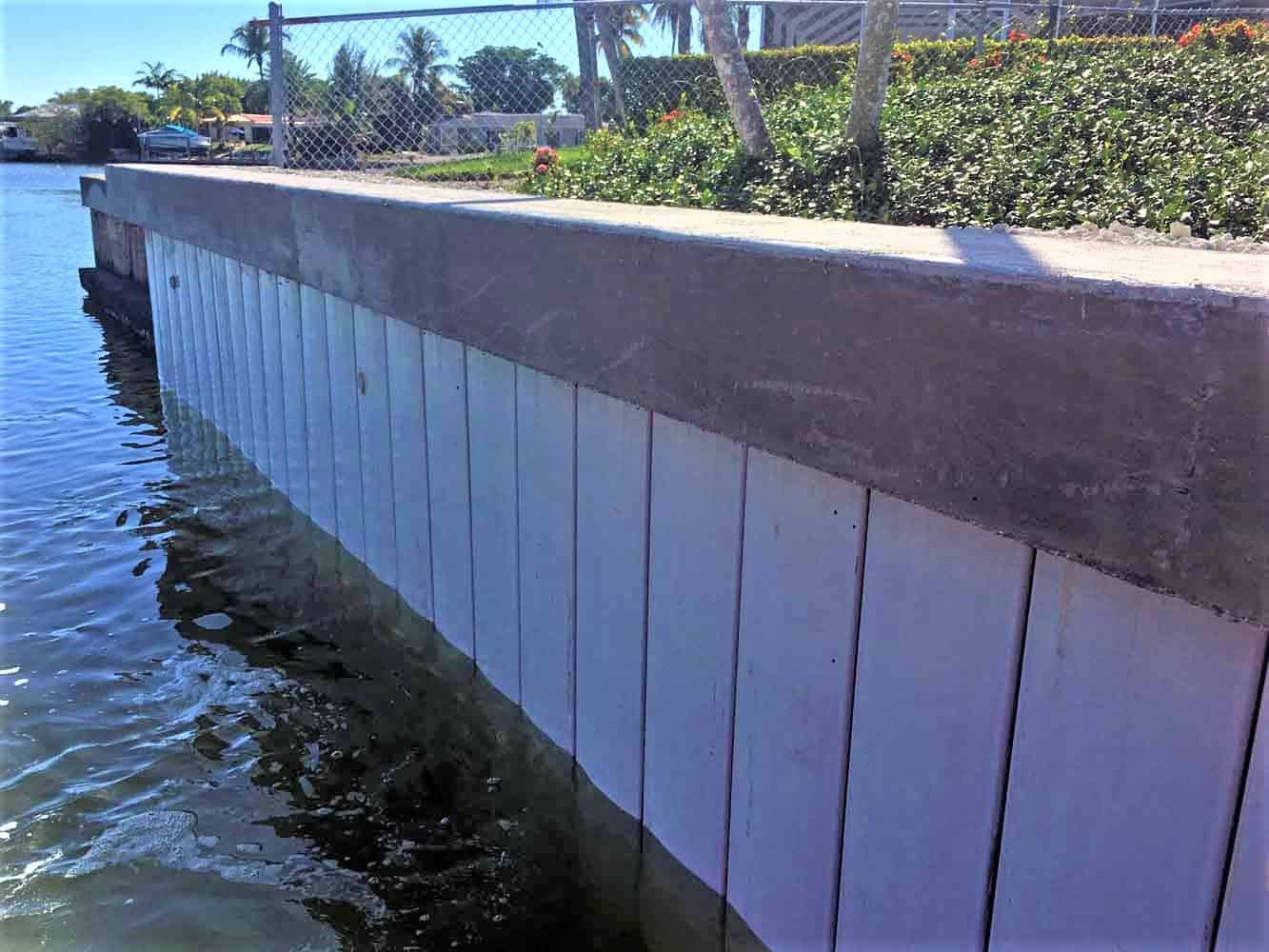
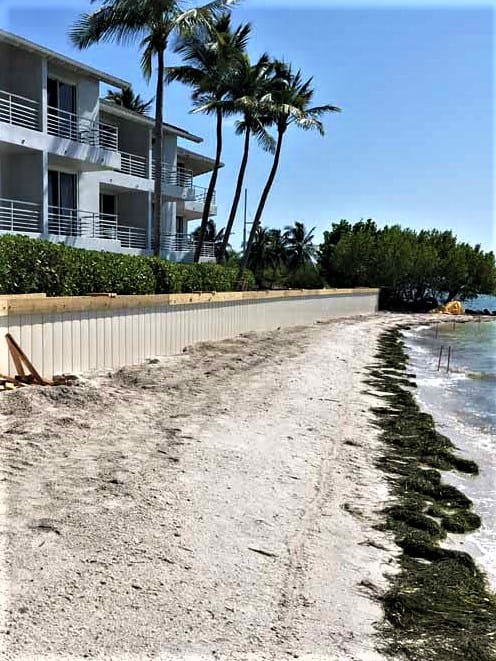
Why is the Seawall Ordinance Important?
The seawall ordinance is important because it helps to protect properties from erosion and damage caused by water. Seawalls and other shoreline stabilization measures are critical for ensuring that waterfront properties remain safe and stable. The ordinance ensures that these structures are constructed and maintained to a high standard, reducing the risk of damage to properties and the environment.
What are the Requirements of the Seawall Ordinance?
The seawall ordinance sets out several requirements that property owners must follow when constructing, repairing, or maintaining a seawall or other shoreline stabilization measure. These requirements include:
- Obtaining the necessary permits from the City of Fort Lauderdale before starting any work on the seawall or other shoreline stabilization measure.
- Ensuring that the seawall or other shoreline stabilization measure is designed and constructed to withstand the forces of water and weather.
- Regularly inspecting and maintaining the seawall or other shoreline stabilization measure to ensure that it remains in good condition.
- Repairing any damage to the seawall or other shoreline stabilization measure as soon as possible to prevent further damage.
- Using only approved materials and methods when constructing or repairing the seawall or other shoreline stabilization measure.
What Happens if You Violate the Seawall Ordinance?
If you violate the seawall ordinance, you may be subject to fines or other penalties. The City of Fort Lauderdale takes the seawall ordinance seriously and will take action against property owners who fail to comply with the regulations. Additionally, violating the seawall ordinance could put your property at risk of damage from water or weather events, which could be costly to repair.
Latest News
Florida Sea Levels to Rise up to 6 Feet by 2100: What You Need to Know
Understanding the Risks of Rising Sea Levels in Florida By 2100, Florida could experience sea levels rise of up to 6 feet, which could put over...
Fort Lauderdale Implements New Seawall Height Requirements
New Seawall Height Requirements Approved in Fort Lauderdale Fort Lauderdale has joined other cities in Broward County in adopting new seawall...
OUR Services
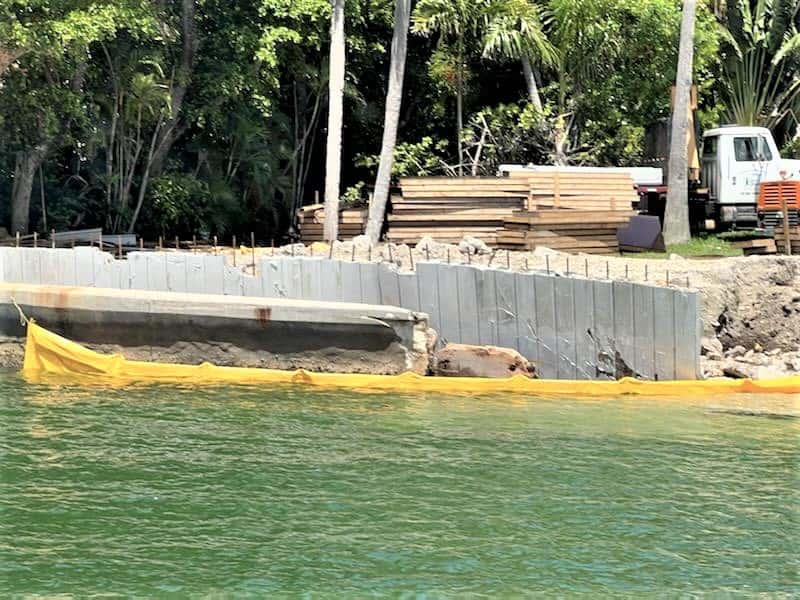
Seawalls
Your seawall is keeping your land out of the water. If your seawall has never been replaced, it WILL NEED to be replaced!
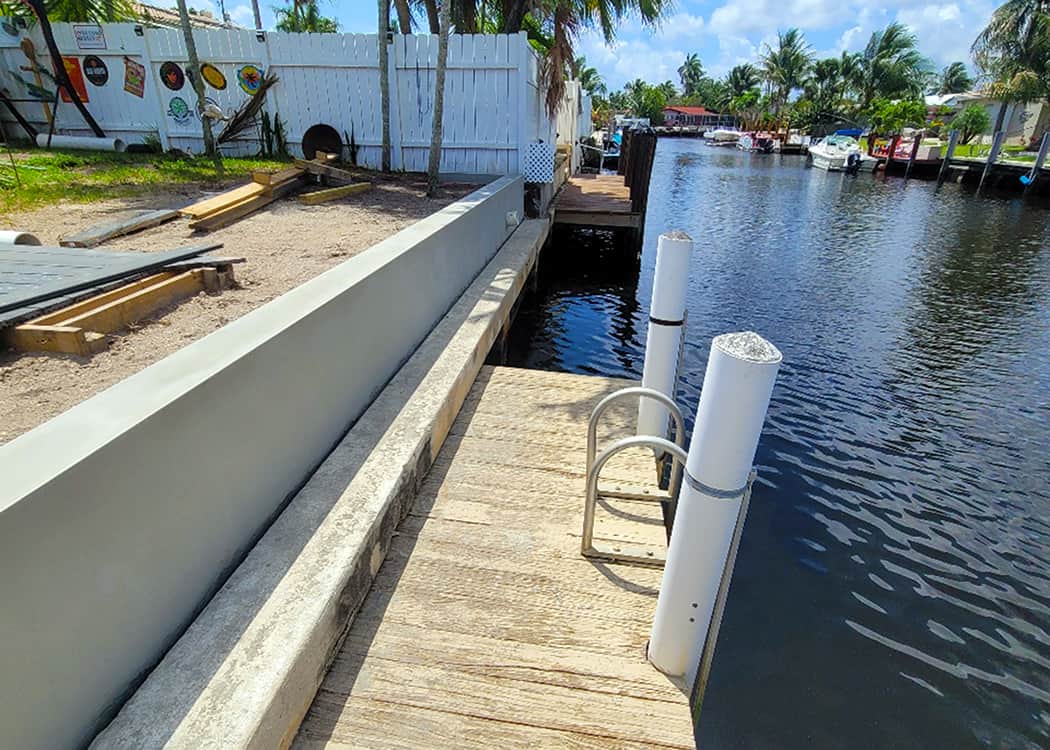
Retaining walls
Our retaining walls are solid, look great, and give you the peace of mind you need, to safely enjoy your yard.

Decks & Docks
From party decks to boat docks – we have what you need to enhance your property and lifestyle!
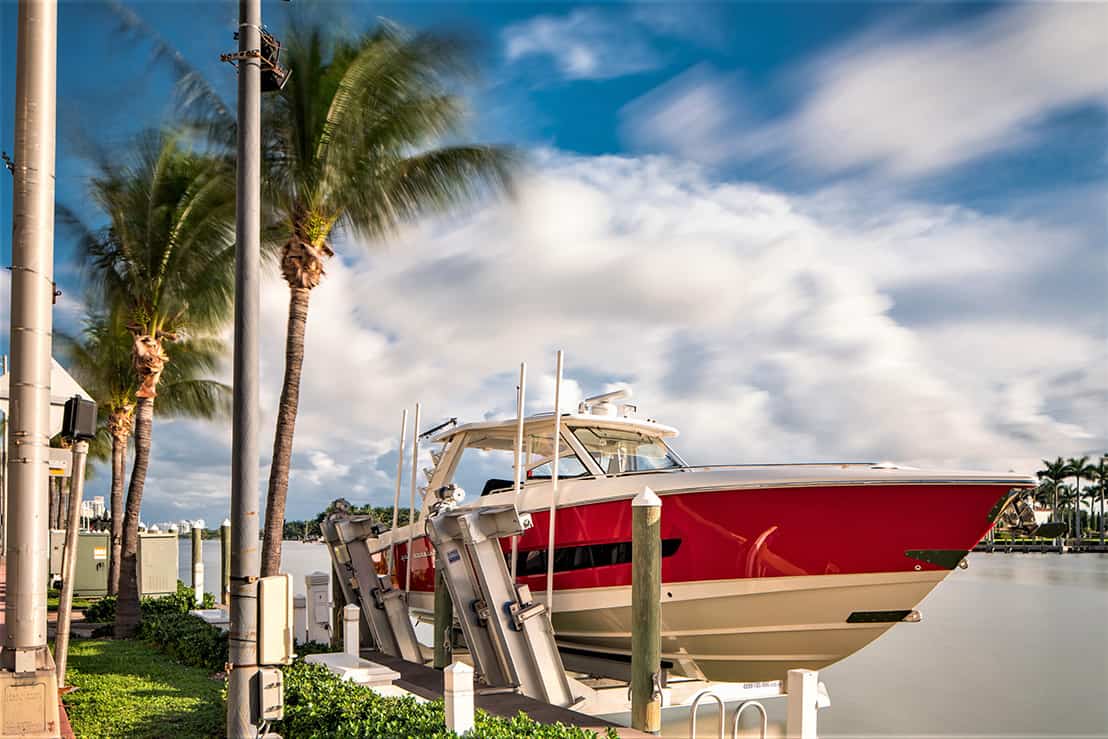
Boat lifts
Ease your transition onto and off the water, with either an elevator style or cable hoist lift.
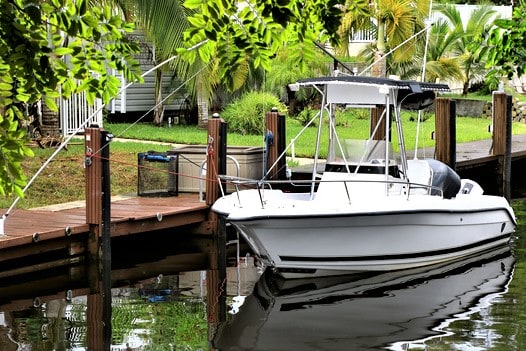
Dock Accessories
Power pedestals, cleats, ladders, lighting, and other accessories.
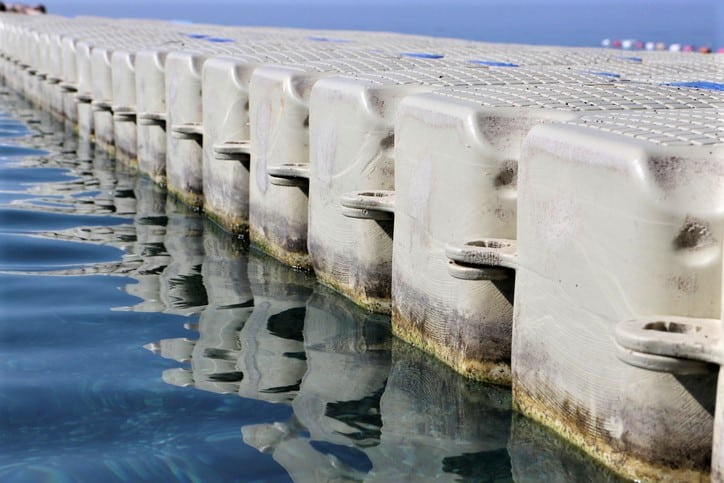
Floating Docks
HDPE (vinyl), plastic and floating concrete docks.
Our Services

Seawalls
Your seawall is keeping your land out of the water. If your seawall has never been replaced, it WILL NEED to be replaced!

Retaining walls
Our retaining walls are solid, look great, and give you the peace of mind you need, to safely enjoy your yard.

Decks & Docks
From party decks to boat docks – we have what you need to enhance your property and lifestyle!

Boat lifts
Ease your transition onto and off the water, with either an elevator style or cable hoist lift.
Dock Accessories
Power pedestals, cleats, ladders, lighting, and other accessories.

Floating Docks
HDPE (vinyl), plastic and floating concrete docks.

3 Things to Consider When Replacing Your Seawall
Seawalls can fail over time, especially when they are exposed to the elements. Seawalls are usually made of concrete and therefore subject to humidity, saltwater, and freezing temperatures over time. If your seawall is showing signs of failure, you may need to replace it. The best way to know is to ask yourself if you would see the same seawall if it was brand new again. If your answer is yes, then it’s probably time for a new seawall. This article will help you understand if you need to replace your seawall along with some common questions that arise when replacing a seawall.
What to Look For When Replacing Your Seawall
A seawall’s lifespan is dependent on many factors, one of which being the quality of the original foundation. If the seawall is cracked, rotting, or showing signs of excessive movement in the soil, then you need to consider replacing it with a new seawall. You may even need to install a new foundation if the soil is shifting too much. When it comes to replacing your seawall, there are a few things you need to keep in mind. First, the new seawall should be of the same quality as your old seawall. This means the new seawall should be made of the same material as your old seawall, installed on the same foundation, and have the same level of support. When replacing your seawall, it’s important to realize that you cannot simply replace a seawall with an in-wall wall as the two will not be capable of supporting a similar level of load. You will need to replace the seawall with something that can handle the same or even more load than your old seawall. A new seawall is not just necessary to ensure seawall stability, but also to ensure the structural integrity of your home.
Is the Seawall Crumbling?
If your seawall is crumbling, then there are probably a few issues at play. First, if your seawall is cracking, then there may be a problem with the original foundation. Next, if there are large sections of your seawall that have completely rotted away, you need to consider if the seawall is being supported by the original foundation. If your seawall is crumbling, then it is likely that your seawall is showing signs of failure. Crumbling seawalls are usually weakened seawalls that are crumbling due to excess movement. Excess movement can result from poor foundation support, damaged seawall material, and a host of other issues that may not be readily visible. Crumbling seawalls are usually signs of a seawall that is showing signs of failure. If you notice that a section of your seawall is crumbling and is at risk of falling into the ocean, then you need to replace it. Crumbling seawalls can be replaced with a new seawall or with a new seawall and in-wall wall.
Cost of seawall replacement
There are many factors to consider when deciding on the cost of seawall replacement. These include the size of the new seawall, the quality of the new seawall, the quality and type of the foundation, and the amount of land available for a new seawall. For example, if you are installing a new in-wall wall and a full seawall, then the cost of replacement would be around $10,000. If you are only replacing a portion of the seawall, like a 75-foot seawall along your property line, then the cost of replacement would be around $5,000. If you are replacing your seawall with an in-wall wall, then you will have to account for the cost of excavation, the new drainage system, installing the new footing, and possibly a right-of-way.
Signs of Failure
When replacing your seawall, you need to keep an eye out for certain signs of failure. First, if you have cracks running along the length of your seawall, then it is likely that the seawall is showing signs of failure. Next, if large sections of your seawall have completely rotted away, then you also need to replace the seawall. Crumbling walls, shifting soil, excessive movement, and signs of excessive settlement in the soil are all signs of a failing seawall. When replacing your seawall, it is important to ensure that the new seawall is of the same quality as the old one. As you are replacing your seawall, it is important to keep an eye out for signs of failure. Signs of failure include cracks running along the length of the seawall, large sections of the seawall that have rotted away, and shifting soil.
Conclusion
For many homeowners, the idea of replacing their seawall is daunting. You may feel like there’s no reason to replace it if it’s working fine, but failing seawalls pose a serious risk to your home. This is why it’s important to know if your seawall is showing signs of failure. If it is, then you need to replace it before it fails. This article will help you understand if you need to replace your seawall along with some common questions that arise when replacing a seawall.
Contact Us Today
Give us a call to get started on your project today. Our general staff is looking forward to working with you.




